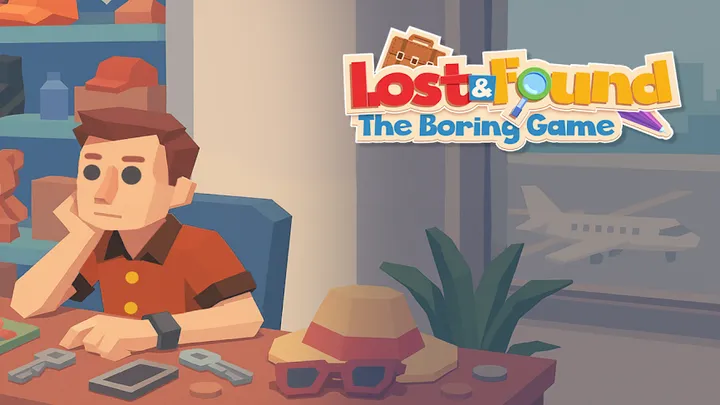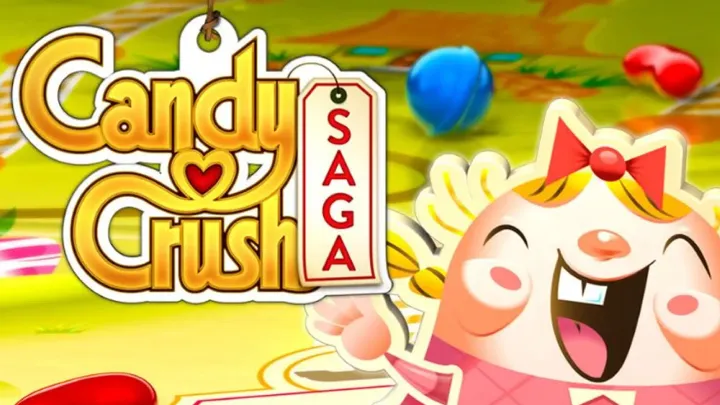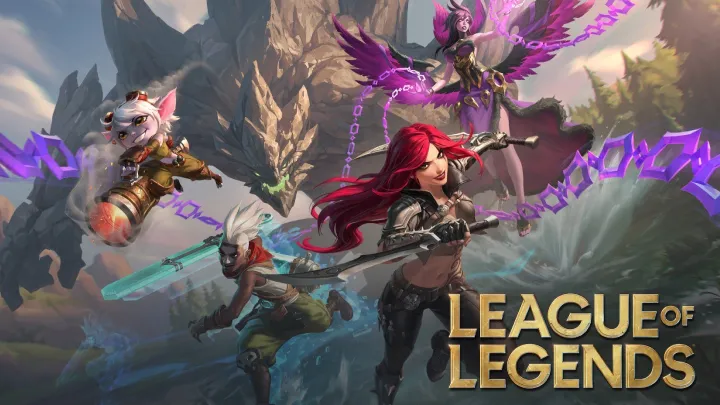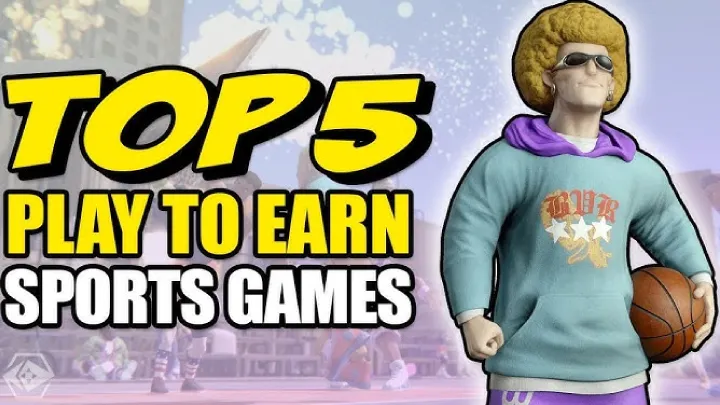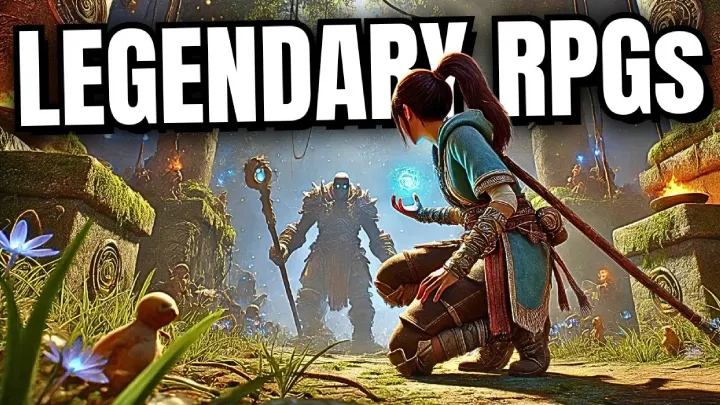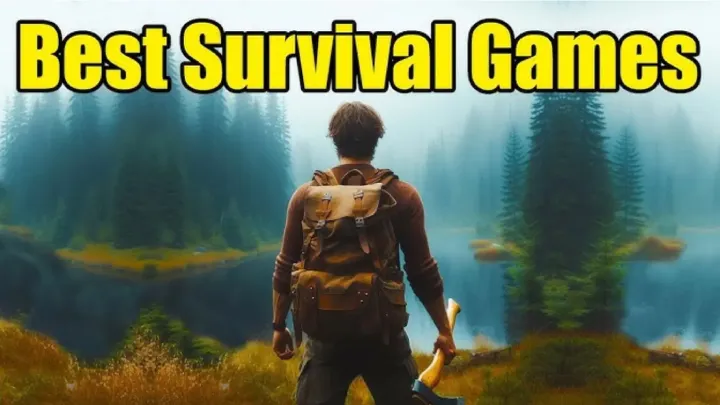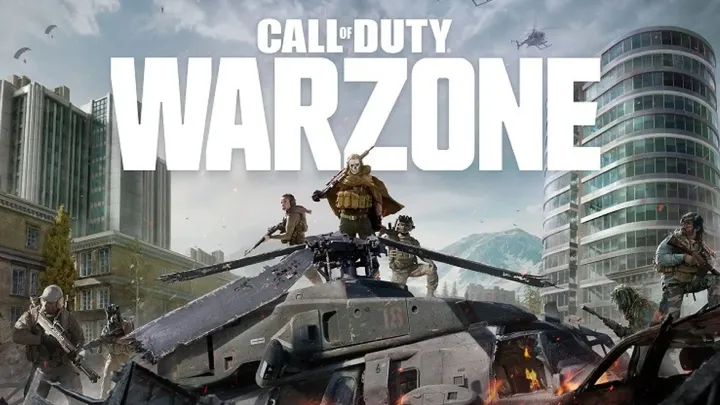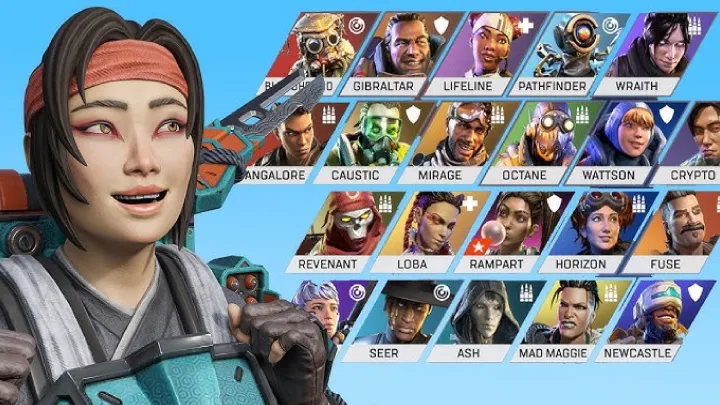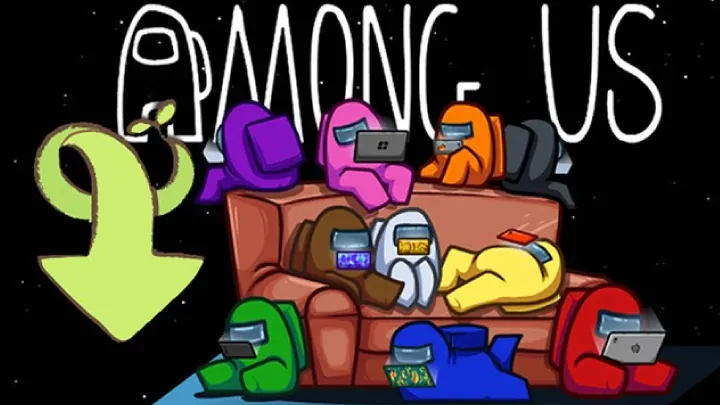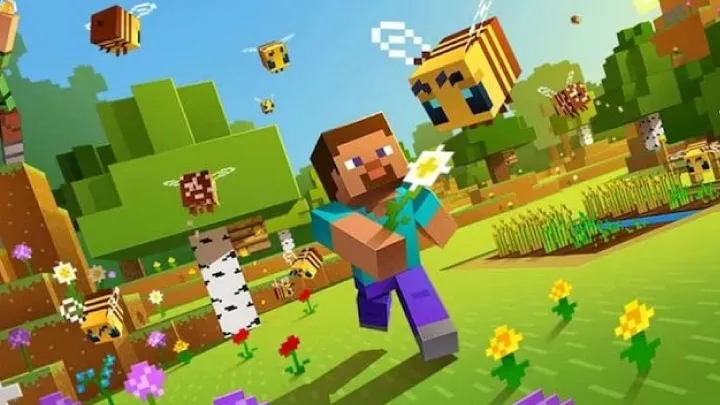Introduction
Stumble Guys has rapidly become one of the most popular multiplayer battle royale party games worldwide. At first glance, it may seem like a chaotic platformer where luck dictates the outcome. However, the deeper you dive into the mechanics, the more you realize that winning consistently in Stumble Guys is about mastering strategies, learning movement tricks, and understanding both the maps and the psychology of opponents.
This article explores, in depth, the ultimate “how to” guide for Stumble Guys. Instead of just a surface-level overview, we’ll dissect specific challenges players face, offer advanced techniques, and provide a chronological progression from beginner tips to pro-level mastery. With ten major sections, each broken down into multiple parts, this guide is designed to give you a full roadmap for improving your performance and dominating in Stumble Guys.
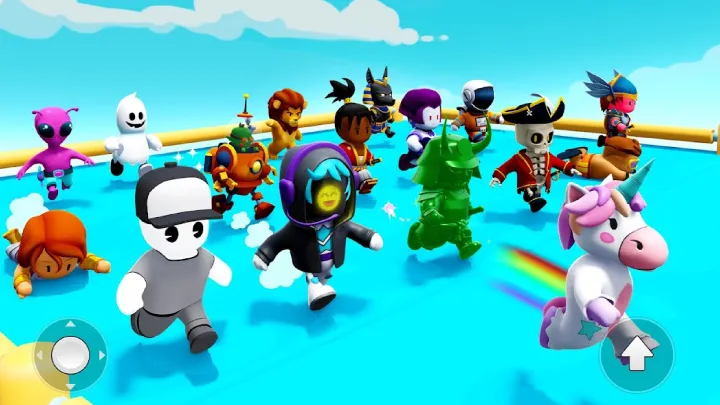
1. How to Get Started as a Beginner
Every great player begins somewhere, and Stumble Guys is no different. Newcomers often feel overwhelmed when thrown into fast-paced maps filled with spinning hammers, collapsing tiles, and rushing crowds of players.
The first step is understanding the basic movement controls. Many beginners underestimate how much smoother gameplay becomes once you master jump timing and dive rolls. Practicing in early matches without focusing solely on winning can be beneficial, as it gives you freedom to experiment.
Building Confidence in Early Matches
- Treat your first ten to twenty matches as training.
- Focus less on winning and more on survival and reaching checkpoints.
- Learn how your character reacts to collisions with obstacles and other players.
By building confidence in the basics, you create the foundation for future progress.
2. How to Control Your Character Like a Pro
Winning requires precise control, and one of the most overlooked skills is mastering momentum. Many players jump randomly, dive without thought, and lose speed unnecessarily.
Advanced Movement Techniques
- Bunny-hopping: Small consecutive jumps can sometimes maintain momentum better than running.
- Dive recovery: A dive at the right time can propel you slightly further, and canceling it quickly helps regain speed.
- Corner cutting: By running diagonally at certain map turns, you shave seconds off your time.
Common Beginner Mistakes
- Spamming dive constantly, which slows progress.
- Jumping too early at gaps, resulting in failed landings.
- Hesitating near moving obstacles rather than timing movement confidently.
Smooth character control separates casual players from serious competitors.
3. How to Master Different Maps
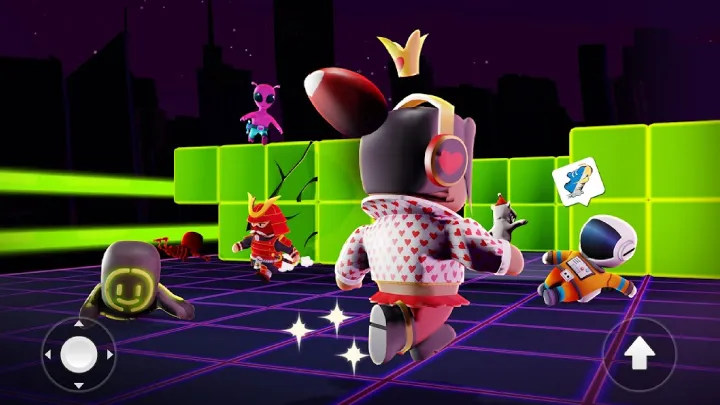
Each Stumble Guys map has unique challenges, and understanding their layouts drastically improves your chances of qualifying.
Race Maps
Race maps test speed and timing. Success comes from memorizing obstacle patterns and identifying shortcuts. On maps like “Cannon Climb” or “Tumble Temple,” knowing safe zones can save valuable seconds.
Survival Maps
These require patience rather than speed. On “Lava Land,” the goal is to outlast others, not rush. Observing opponent behavior and conserving safe space makes survival easier.
Team Maps
Team-based rounds demand cooperation, but also strategic positioning. Learning when to defend and when to attack is crucial in maps like “Stumble Soccer.”
By categorizing maps and practicing them individually, you’ll develop instincts to adapt quickly.
4. How to Use Shortcuts and Hidden Tricks
Stumble Guys isn’t just about following the obvious path. Many maps include shortcuts and tricks that can give you a serious advantage.
Examples of Useful Shortcuts
- Sliding on angled surfaces for extra speed.
- Jumping from side platforms to skip entire obstacle sections.
- Using bounce pads more strategically by aiming at angles.
When to Take Risks
Not every shortcut is worth attempting. If you’re in the front, playing safe may be better. If you’re behind, risks can be the only way to catch up.
Mastering when and how to use these shortcuts is often the difference between qualifying or being eliminated.
5. How to Manage Crowds and Player Collisions
One of the most frustrating parts of Stumble Guys is player interference. Unlike single-player platformers, you’re battling not just the map but also dozens of chaotic players.
Strategies for Dealing with Crowds
- Stay slightly behind the main group at choke points, then slip through as they clear obstacles.
- Use dives to avoid being pushed off ledges.
- Anticipate how clusters of players will move, and position yourself opposite their flow.
Turning Collisions to Your Advantage
At times, you can bounce off other players to gain momentum or block their path deliberately. Skilled players even use crowd physics to disrupt rivals during finals.
6. How to Improve Consistency in Winning
Getting lucky with one or two wins is different from consistently qualifying and making finals.
Developing a Winning Mindset
Consistency requires patience. Treat every round as part of the bigger picture. Don’t panic if you make mistakes early; focus on recovering quickly.
Tracking Performance
Keep mental notes of which maps you succeed on and which ones give trouble. Target weak maps for extra practice. Over time, your “map weakness” list will shrink.
Consistency is built by practicing deliberately and avoiding repeated mistakes.
7. How to Dominate Final Rounds
The finals in Stumble Guys are where true skill shines. Maps like “Lava Land,” “Honey Drop,” or “Bombardment” demand different strategies.
Survival Finals
On elimination-based finals, staying calm is essential. Instead of rushing, observe opponent mistakes and capitalize.
Aggressive Play vs. Defensive Play
Sometimes it pays to play aggressively by grabbing opportunities to push others off. Other times, survival until the last second is smarter. Balancing these approaches makes you unpredictable.
Finals are about psychology as much as mechanics—knowing when to act bold and when to stay safe.
8. How to Use Skins, Emotes, and Animations Effectively
Though they seem cosmetic, skins and emotes play a subtle role in gameplay.
Psychological Advantage
A rare skin or flashy emote can intimidate less experienced players, making them more likely to make mistakes.
Tactical Use of Emotes
Some emotes allow you to interact with opponents in ways that disrupt them. For example, grabbing or punching emotes, when timed right, can send rivals off edges.
Understanding these tools turns cosmetics into strategic assets.
9. How to Play with Friends and Teams
Stumble Guys is far more enjoyable with friends, but team play also requires coordination.
Communication Tips
- Use quick voice calls to coordinate movements.
- Decide who takes offensive versus defensive roles in team maps.
Benefits of Playing with Friends
- Shared knowledge of maps.
- Practicing advanced strategies together.
- More enjoyment, which reduces frustration and keeps you motivated to improve.
Team synergy can transform casual matches into tactical victories.
10. How to Keep Improving Over Time
Even expert players can plateau if they stop learning. To remain competitive, you must constantly refine your skills.
Long-Term Improvement Strategies
- Watch replays of pro players or streamers to learn new tricks.
- Experiment with riskier plays to expand your toolkit.
- Set personal challenges, like winning without using certain shortcuts, to strengthen fundamentals.
Avoiding Burnout
Stumble Guys should remain fun. If improvement feels frustrating, take breaks. Returning with a clear mind often leads to breakthroughs.
Conclusion
Stumble Guys may appear to be a simple party game, but mastery requires dedication, strategy, and constant learning. From beginner fundamentals to advanced tricks, from dealing with chaotic crowds to psychological tactics in finals, this guide has shown the many ways players can improve their skills.
The journey from stumbling amateur to Stumble champion is not about luck—it’s about preparation, adaptation, and mindset. With consistent practice, clever use of shortcuts, and an ability to read both maps and opponents, you can transform frustration into victory.







